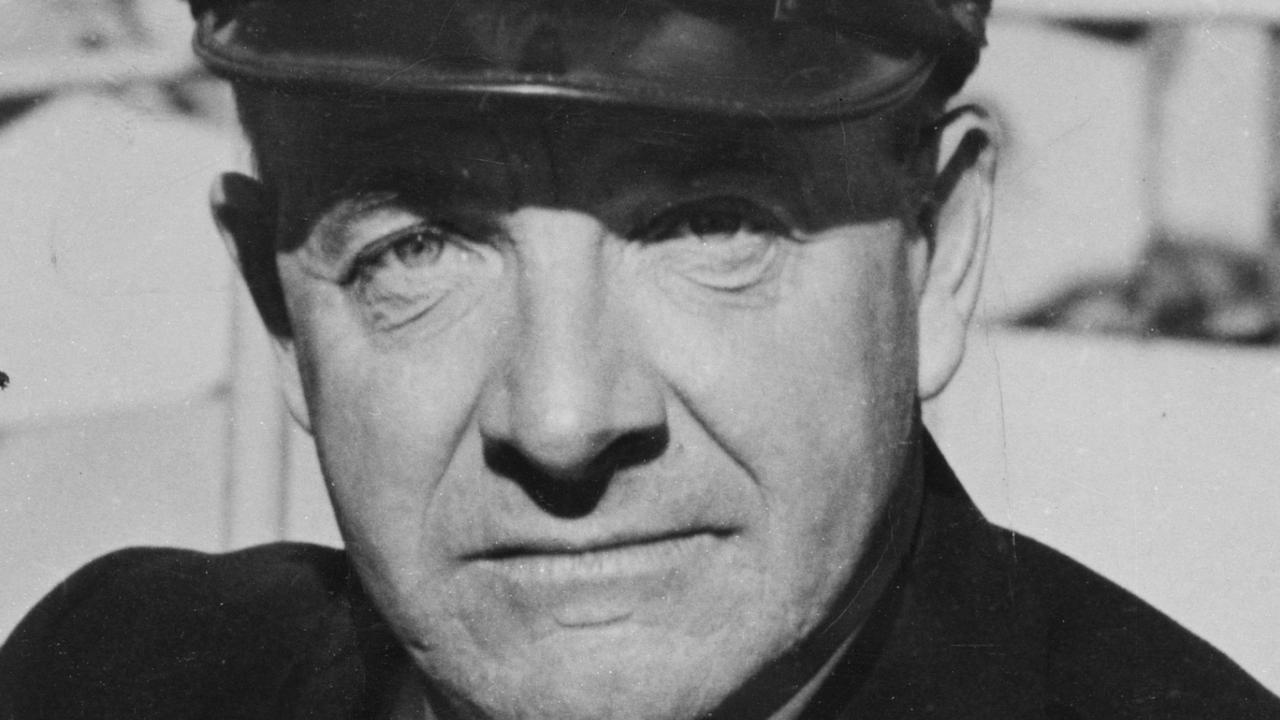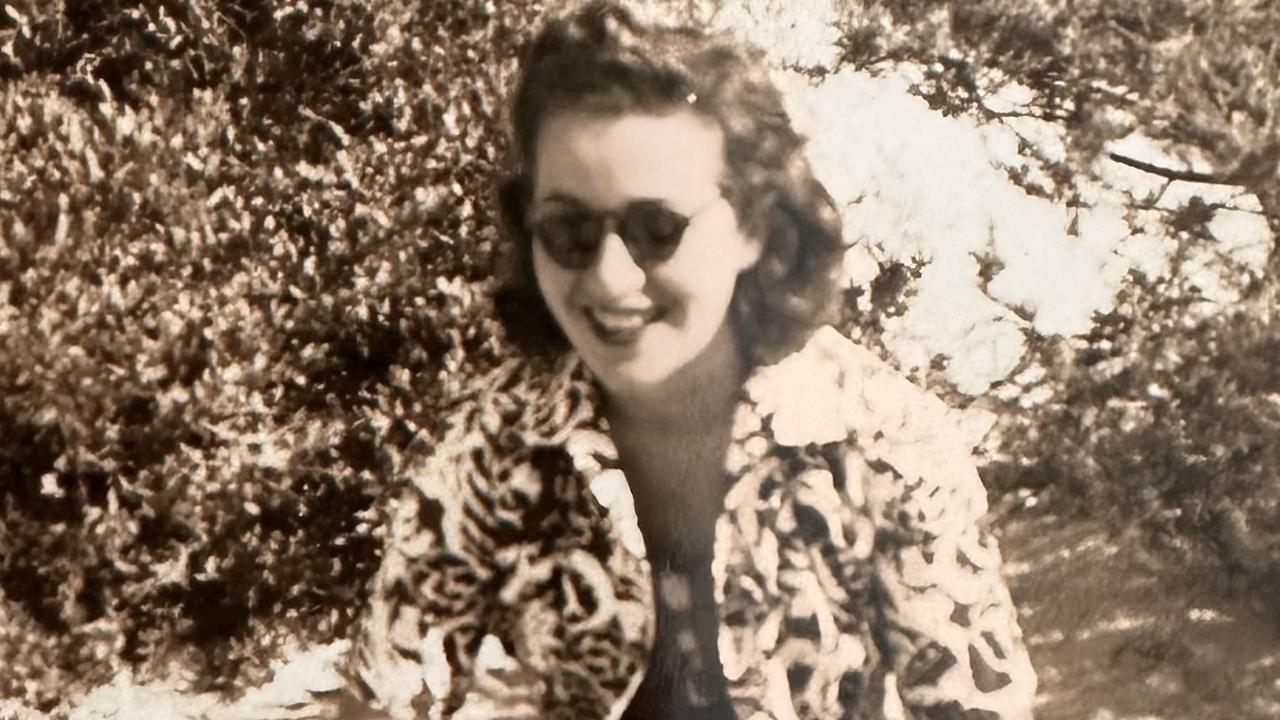Prince of Wales dodged teen assassin’s bullet in Brussels
THE royal train was preparing to pull out of the Gare du Nord in Brussels, on April 4 1900, when a young man fired two shots into the royal compartment narrowly missing the Prince and Princess of Wales inside.

Today in History
Don't miss out on the headlines from Today in History. Followed categories will be added to My News.
THE royal train was preparing to pull out of the Gare du Nord in Brussels, on April 4 1900, bound for Copenhagen, when a determined looking youth approached from out of the crowd of wellwishers on the platform. He waited for a moment while an attendant handed cups of tea to the Prince and Princess of Wales seated inside.
Then when the attendant moved out of the way, he lunged towards the train, jumping up on a step on the side of the carriage as it began moving out of the station. He fired two shots from a pistol into the royal compartment. One narrowly missed the Prince’s head but hit a metal hand rest and landed on the seat; the other flew harmlessly through the air.
But before he could fire a third shot the station master, Charles Crocius, wrestled the shooter to the ground. Another shot was fired as others rushed forward to help.
Rummaging through his pockets the station master found anarchist literature and papers identifying him as 15-year-old Jean-Baptiste Sipido, a tinsmith’s apprentice.
The Prince made light of the situation, joking about the boy’s poor marksmanship, but the Princess was visibly shaken, as was the public who, at the time, were living in fear of anarchist terror. But the question was whether Sipido acted alone or if he was part of a wider anarchist conspiracy.

Just two and a half years earlier an Italian anarchist, Luigi Lucheni, had murdered Elisabeth the Empress of Austria while on a low-key visit to Switzerland. Lucheni, had wanted to kill the Duke of Orleans but the Duke had changed his plans, leaving the Empress on her own and with no bodyguards.
Lucheni was not acting as part of an organisation but his action, as well as riots and bombings attributed to anarchists, led to the convening of an International Conference of Rome for the Social Defense Against Anarchists. The conference defined anarchism as “any act that used violent means to destroy the organisation of society” and sought greater international co-operation to wipe out any organisation they believed fit that broad description.
However, nations were powerless to do much about rogue operators such as Lucheni and Sipido, who took matters into their own hands or were goaded into violent acts by extremist elements within various political groups.
Born in Brussels in December 1884, Sipido’s parents were “respectable”. His father a tinsmith, funding his son’s apprenticeship, was unaware he was mixing with socialists. He joined the “Avant Garde Socialiste” club, an amateurish group of less than 30 people that was formed in 1899.

At the time Belgium was a hotbed of socialist organisations speaking out against British imperial policies. One issue that particularly incensed Sipido was Britain’s involvement in the Boer War in South Africa.
Spurred on by his socialist comrades and anti-British rallies he attended, Sipido became determined to do something. When he heard that the Prince of Wales was passing through Brussels, he headed to the station with a group of friends armed with a second-hand gun he had bought with money he had saved from his father’s small allowance,
After seeing his chance he jumped at the train and fired off two shots before being pinioned by Crocius, a group of gendarmes and other concerned citizens at the station.
While he was being hauled away to the station master’s office, an unfortunate man picked up the dropped revolver and was mistaken for the assassin by people in the crowd who beat him to the ground.
Sipido was grilled by the police who asked him whether he bore some grudge against the prince. He replied “No, no grudge. But I am an anarchist. I wanted to kill the Prince of Wales on account of the bloodshed he has caused in South Africa.”
Sipido was later tried for attempted murder, but the jury found that he could not be held responsible for his actions “by reason of his age” and he was released.
He fled to France but later returned to Belgium where he moved high up in socialist organisations before retiring to France where he died in 1959.
Originally published as Prince of Wales dodged teen assassin’s bullet in Brussels


